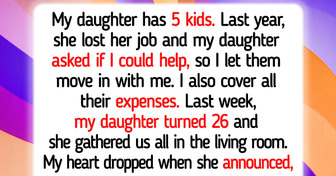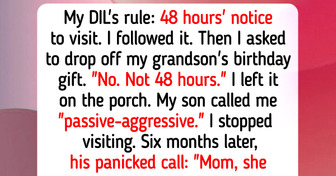16 Stereotypes That Modern Parents Should Leave in the Past

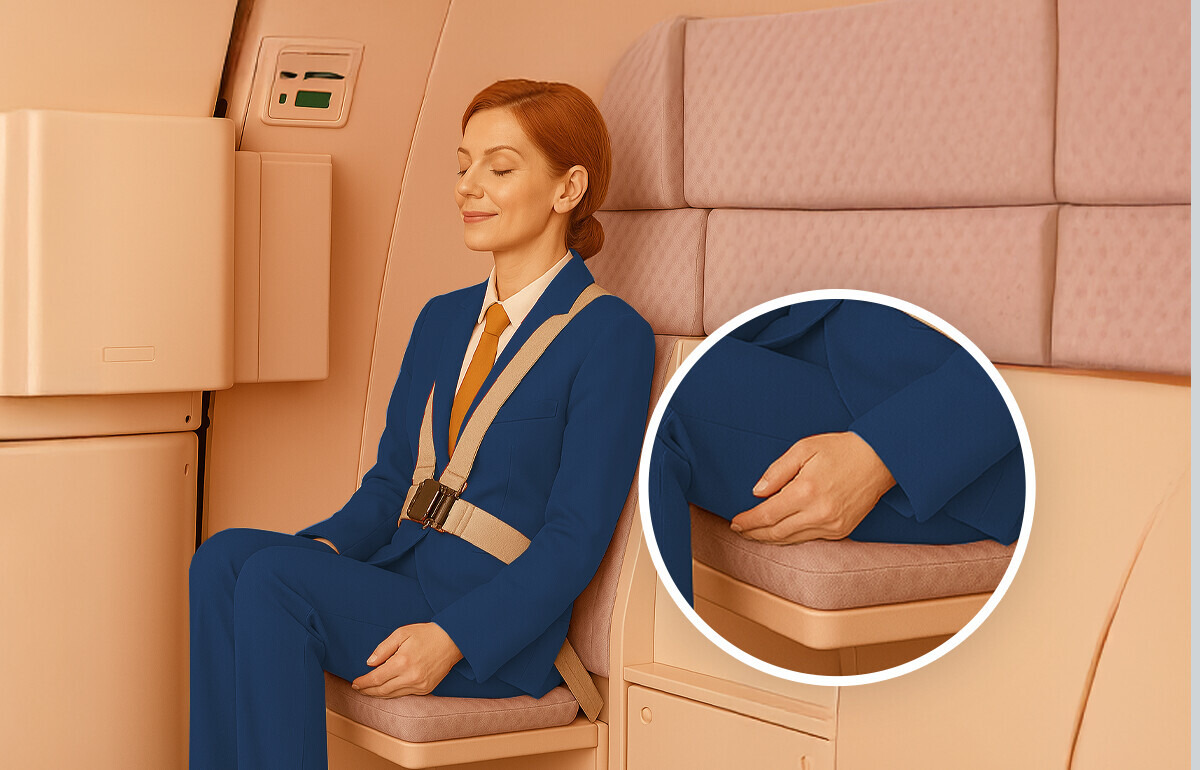
Airplanes, marvels of modern engineering, conceal numerous intriguing features that often go unnoticed by passengers. For instance, the average Boeing 747 is equipped with 150 to 175 miles of wiring, powering its complex systems. Additionally, while pilots manually control the aircraft during takeoff, landing, and emergencies, autopilot systems manage over 90% of the flight, ensuring efficiency and safety. Let's explore even more secrets and unknown facts!
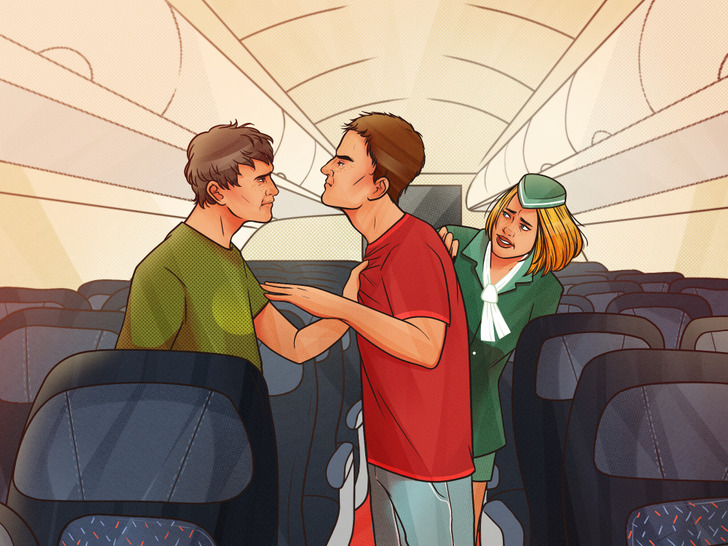
Pilots do have certain rights up in the air since they are in charge of the plane. The captain has the most power, and they can also restrain a passenger if they deem it necessary. If somebody is a troublemaker during a flight, and after repeated warnings, they still continue to act aggressively, the captain has the right to call the police on the ground and also ask the crew to restrain them with handcuffs.
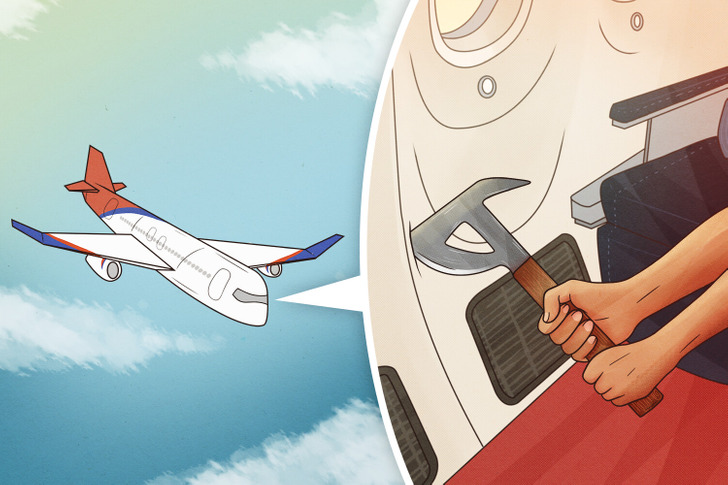
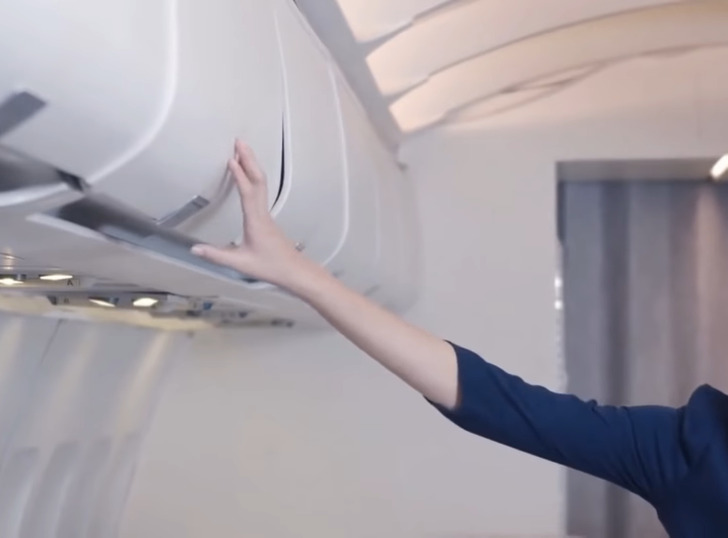
You might see flight attendants touching the overhead compartments while they’re walking along the aisle, but that’s not exactly what they do. Right beneath the compartments, there’s usually a handrail that goes all the way through the cabin, so you can also use this trick to stay firmer on your feet in the aisle.
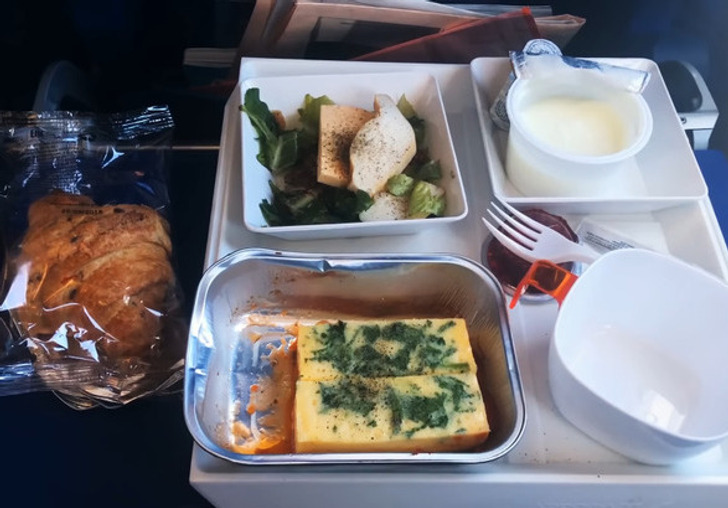
The way the cabin is pressurized has a great effect on your taste buds: you lose up to 30% of your ability to taste sweet and salty things! In other words, it's not that airplane food isn't tasty – you just don't feel its flavor. That's also the main reason why airline catering companies add extra salt and spices to the dishes they cook.
On bigger commercial planes, there are also showers located together with these bedrooms where the crew can refresh after they've just taken a nap. You can even find equipment there in case there is an emergency.
Imagine if you need to fly for 14-16 hours, you might not look that great or smell that good at the end of that flight. So, during these long flights, there is always an extra crew onboard to replace the ones that are resting and rest periods are mandatory for all flight crew.
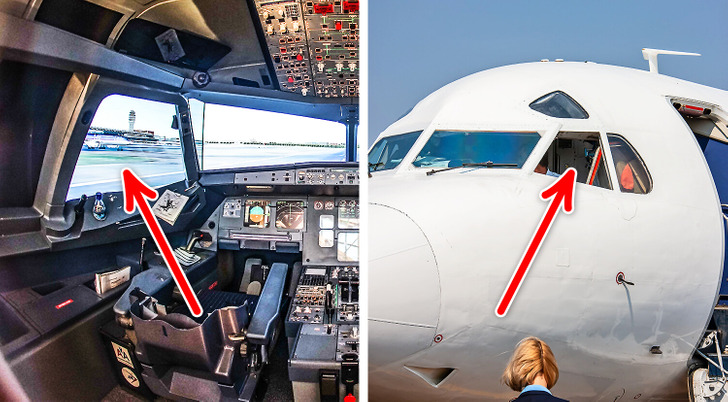
In order to use those ropes we talked about above, they have to evacuate the aircraft through other means if the door is not an option. Well, the other option is the 2 sliding windows on each pilot's side which open inward. They are used as a means of evacuation in case of an emergency.
These handles are made first and foremost for the flight attendants to hold in case of panic onboard so they aren’t pushed off the plane by passengers rushing to the exits.
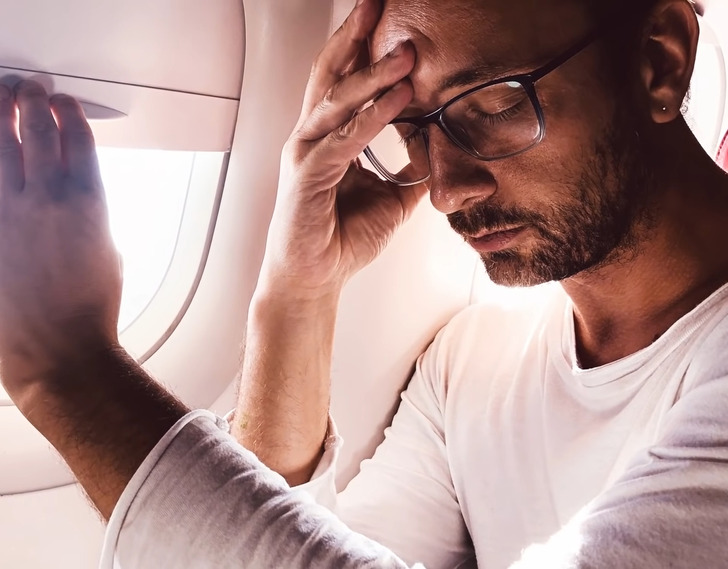
You may wonder why you’re asked to lift your seat back and close your tray table before takeoff and landing, but it’s for your own safety. A reclined seat is comfy for you, but it makes it harder for the passenger behind you to get out of their seat, which is crucial in case of an emergency. The lowered tray table is the same way, only this time it’s you who won’t be able to stand up fast enough if anything happens.
You probably noticed those small black triangles onboard some airplanes. As an Airbus A320 captain says, they mark the places where the wings can be best seen from. A visual examination may be required if pilots have doubts regarding the positions of the flaps and indicators are out of order. Fortunately, this is a rare case.
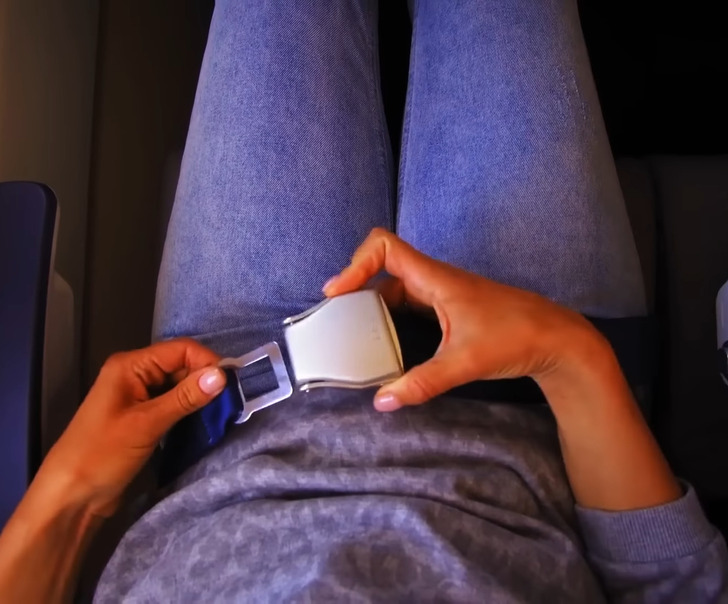
What would you say when asked about the filthiest place on a plane? Nope, that's not the toilet seat! It's not even in the bathroom. Flight attendants warn that you should be particularly careful with headrests, seat pockets, tray tables, and seat belts! Experiments have shown that one-third of all seat belts have yeast and mold on them.
If your child accidentally locks themselves in the airplane bathroom, to unlock the door from the outside, lift the "LAVATORY" sign and slide the knob into the unlocked position.
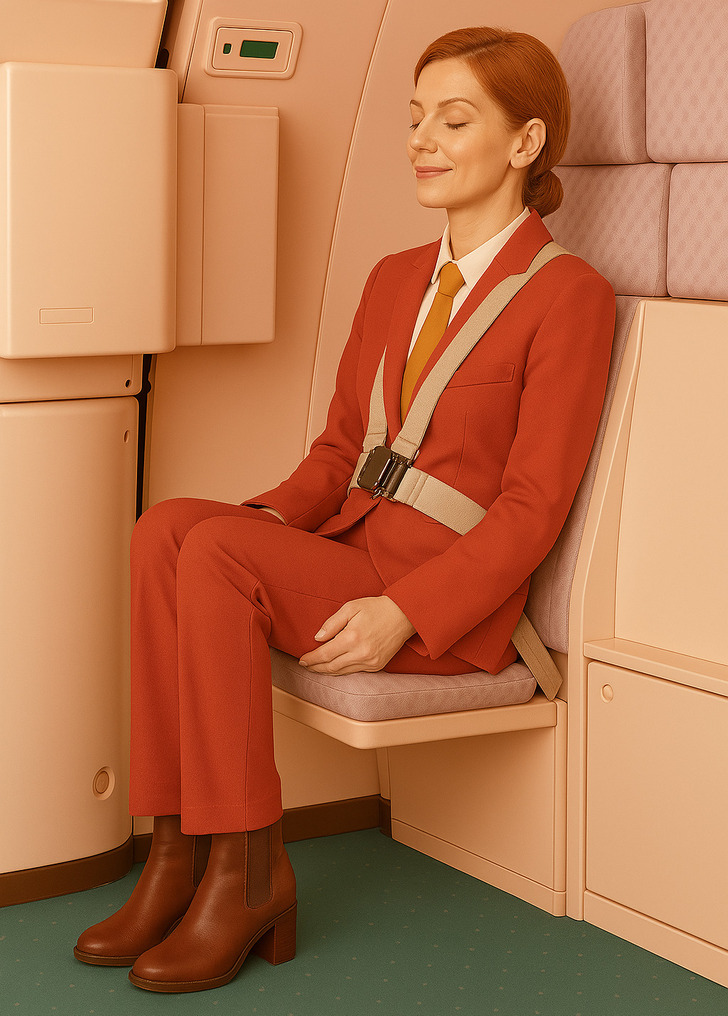
Flight attendants sit on their hands during takeoff and landing to adopt a "brace position," minimizing movement and reducing the risk of injury in case of an emergency. This posture keeps their bodies rigid and prepared to assist passengers effectively. Additionally, it allows them to maintain a clear view of the cabin and remain alert.
Are you traveling with a pet? You're probably wondering where it is placed and how it's doing. You should also know what you should pack with your pet so it feels as comfortable as possible.





